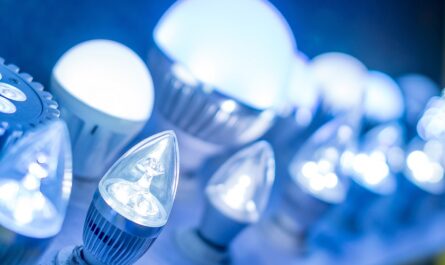Types of Water Turbines
There are mainly four types of water turbines used today to generate electricity from flowing water: Pelton Wheel, Francis Turbine, Kaplan Turbine and Cross Flow Turbine. Each has its unique design and characteristics suited for different water flow conditions.
Pelton Wheel: This impulse Water Turbine works best for water with high head but lower flow. It has buckets mounted around the outer rim of a large split-ring which directsjets of water from nozzles at the wheel’s perimeter. Each water jet enters and exits a bucket with minimal water loss, maximizing the amount of kinetic energy transferred from water to turbine in each contact. Pelton wheels tend to use steep mountain streams and small hydroelectric plants.
Francis Turbine: Considered the most efficient water turbine, Francis is a radial-flow reaction turbine suited for higher water flow rates and modest heads. It has a spiral curved casing with runner blades attached within. Water enters through distributor veins making multiple contacts with the spiral blades which are twisted to maximizeforce and pressure exertion. Large hydro power plants employ Francis turbines.
Kaplan Turbine: A propeller-like axial flow reaction turbine designed for lower heads and higher flows than Francis. Its runners feature adjustable blades which can be turned to optimize power generation at different flow rates. Kaplan turbines are well-suited for reservoirs, dammed rivers and run-of-river plants.
Cross Flow Turbine: Unique in having its runner placed perpendicular to water flow. It uses the velocity and pressure forces from two nozzles, one aimed vertically downward and other Water Turbine. Cross flow turbines work well with very low heads but substantial flows.
Generating Renewable Power Through Water Turbines
With climate change concerns increasing, these turbines provide a renewable source of electricity generation free from greenhouse gas emissions. Globally, hydropower contributes over 16% of total renewable power capacity as of 2019 data from the International Renewable Energy Agency. Some countries rely heavily on hydro, with over 75% of electricity in Norway, Brazil and Canada coming from these turbine power plants.
Over 90% of hydroelectricity worldwide uses Pelton, Francis or Kaplan turbines to convert the natural force of flowing water into mechanical power. This turns electric generators to produce electricity without burning fossil fuels. Hydropower plants can also provide cleaner energy compared to energy sources like coal or natural gas thermal plants which release pollutants into the air. These turbines are one of the oldest and most established renewable technologies.
Large scale hydropower from major dams built on huge rivers like the Yangtze, Congo and Amazon generate terawatt-hours of clean electricity each year, powering entire grids and cities. Turkey, China, Brazil and Canada have invested heavily in hydro over the decades to meet energy demand growth with renewable assets. Most new large scale hydropower projects today focus on tropical regions due to better water availability.
Small and Micro Hydropower Prospects
While huge dams supply bulk renewable power, smaller water turbines are enabling off-grid electrification in remote villages worldwide. Run-of-river micro hydropower plants use Pelton, Francis or Cross Flow turbines rated 1-100 kW installed directly in streams or irrigation canals. They provide efficient electricity for communities otherwise lacking grid connectivity. Over 500 million people globally still lack access to power and small hydro can play a role in closing this energy gap sustainably.
Governments and development agencies are promoting micro hydropower schemes. China for example has over 7,000 micro hydropower stations rated below 100 kW totaling over 600 MW capacity. Grants, loans and policy support encourage individuals or cooperatives to self-finance small water turbine projects for local economic empowerment through electricity access. There is potential for many more small hydro sites suitable to off-grid power needs in mountain regions across Asia and Latin America.
*Note:
1. Source: Coherent Market Insights, Public sources, Desk research
2. We have leveraged AI tools to mine information and compile it

